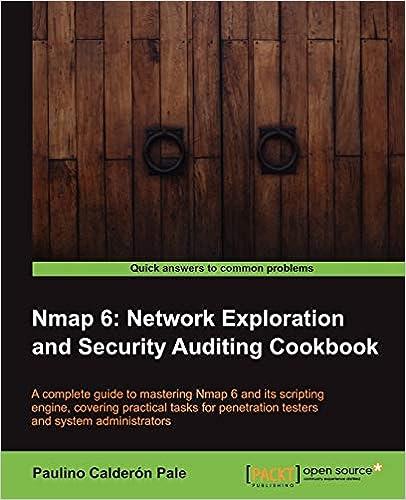Question
Problems 4-11 (5 points each, 40 points total) 4. The best interpretation of the word credit is the a. Right side of an account. b.
Problems 4-11 (5 points each, 40 points total)
4. The best interpretation of the word "credit" is the a. Right side of an account. b. Left side of an account. c. Increase side of an account. d. Decrease side of an account. 5. If a company fails to record an adjusting entry for accrued interest expense in a given year, then: a. Stockholders equity is understated and liabilities are overstated. b. Stockholders equity and assets are both understated. c. Stockholders equity is overstated and liabilities are understated. d. Stockholders equity and assets are both overstated. e. None of the above
6. How are the following accounts affected when a company delivers a product or service for which a customer has previously paid? a. Revenue: Increase, Liabilities: No Effect, Stockholders Equity: Increase b. Revenue: No Effect, Liabilities: No Effect, Stockholders Equity: No Effect c. Revenue: Increase, Liabilities: Decrease, Stockholders Equity: Increase d. Revenue: No Effect, Liabilities: Decrease, Stockholders Equity: Increase 7. Which of the following organizations has not been instrumental in the development of financial accounting standards in the United States? a. AICPA b. IASB c. FASB d. SEC 8. Financial statements are prepared primarily for: a. External users b. Internal users c. Government Regulators d. Auditors 9. The financial statements most frequently provided include all of the following except the a. Balance sheet b. Statement of Cash Flows c. Income Statement d. Statement of retained earnings 10. Which of the following reporting issues require a retrospective adjustment to prior period income. a. Changes in Accounting Estimates b. Changes in Accounting Principle c. Corrections of Errors d. Both (a) and (b), but not (c) e. Both (b) and (c), but not (a) f. Both (a) and (c), but not (b) 11. What is the objective of financial reporting? a. Provide information that is useful to management in making decisions. b. Provide information that clearly portrays nonfinancial transactions. c. Provide information that excludes claims to the resources d. Provide information about the reporting entity that is useful to present and potential equity investors, lenders, and other creditors.
Step by Step Solution
There are 3 Steps involved in it
Step: 1

Get Instant Access to Expert-Tailored Solutions
See step-by-step solutions with expert insights and AI powered tools for academic success
Step: 2

Step: 3

Ace Your Homework with AI
Get the answers you need in no time with our AI-driven, step-by-step assistance
Get Started


